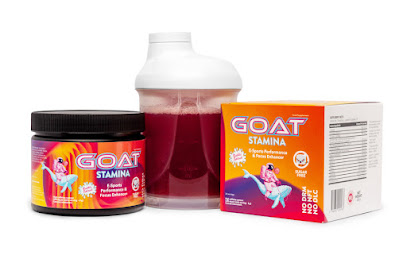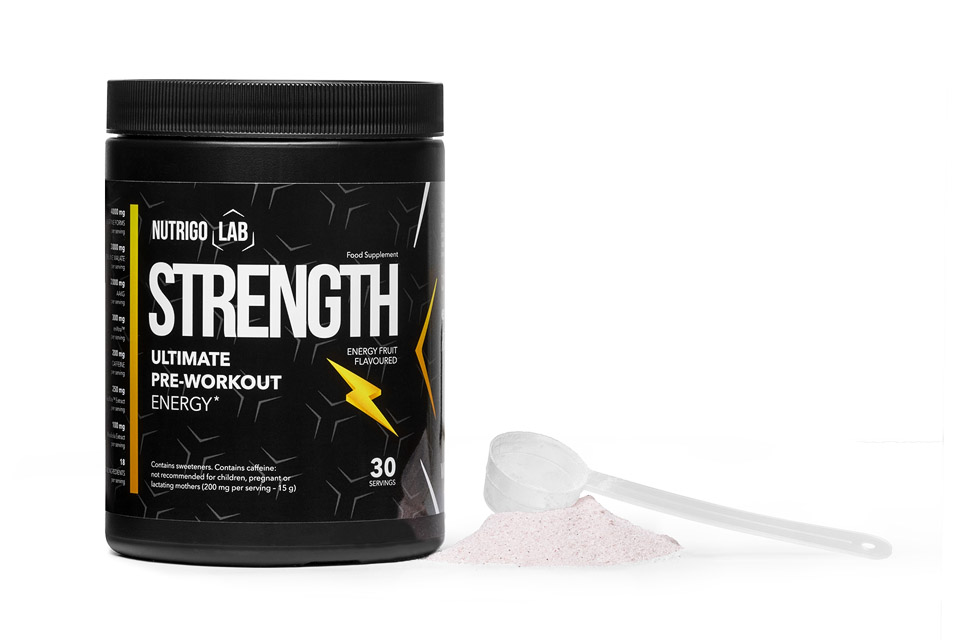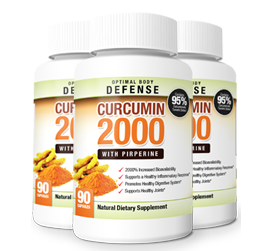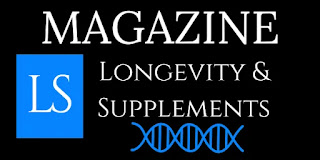
CD38
inhibition by quercetin increases NAD + levels in cells. A: Endogenous
CD38 NAD + ase activity was measured in protein lysates from A549 cells.
Quercetin was used in the 0.5-100 mmol/L concentration range. Each
measurement was done in triplicate. Data points were fitted to a
standard competitive inhibition curve using a nonlinear regression
program (GraphPad Prism) to yield the IC 50 value. B: NAD +
dose-response curve in A549 cells treated with quercetin. Cells were
incubated with quercetin for 6 h before NAD + extraction. *P < 0.05, n
= 3. C: NAD + time course in A549 cells incubated in PBS (•) or in PBS
plus quercetin (50 mmol/L) (■). *P < 0.05, n = 3. D: Intracellular
NAD + levels in wild-type (WT) and CD38 knockout (KO) MEFs treated with
vehicle (control) (■) or with quercetin (50 mmol/L) (□) for 6 h. NAD +
levels were expressed as percent of change with respect to the control
for both cells. Total NAD + levels were significantly higher in CD38
knockout MEFs. *P < 0.05, n = 3.
All that what does it mean?
In general, research found that with aging there is increase of concentration of cd38 in blood and cells and decrease of NAD+ in cells, researchers started to study the inhibition of cd38 by many molecules and quercetin is one of them, and they found that when using quercetin there is inhibition of cd38 and increase of NAD+ levels in cells. (that means reverse aging )
of course increase of NAD+ levels in cells means reverse aging.
Quercetin is a plant pigment (flavonoid).
It's found in many plants and foods, such as red wine, onions, green
tea, apples, and berries. Quercetin has antioxidant and
anti-inflammatory effects that might help reduce swelling, kill cancer
cells, control blood sugar, and help prevent heart disease.
in conclusion the use of quercetin for longevity purpose and benefits is possible.



























.png)







.png)
.png)
No comments:
Post a Comment